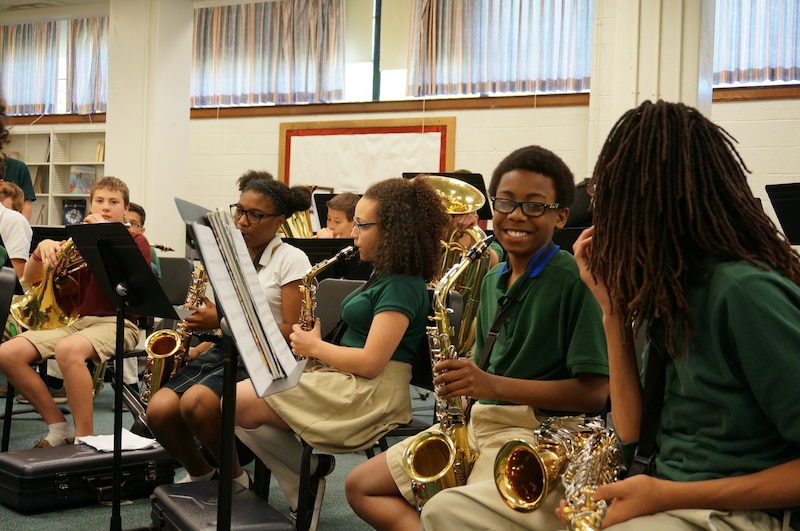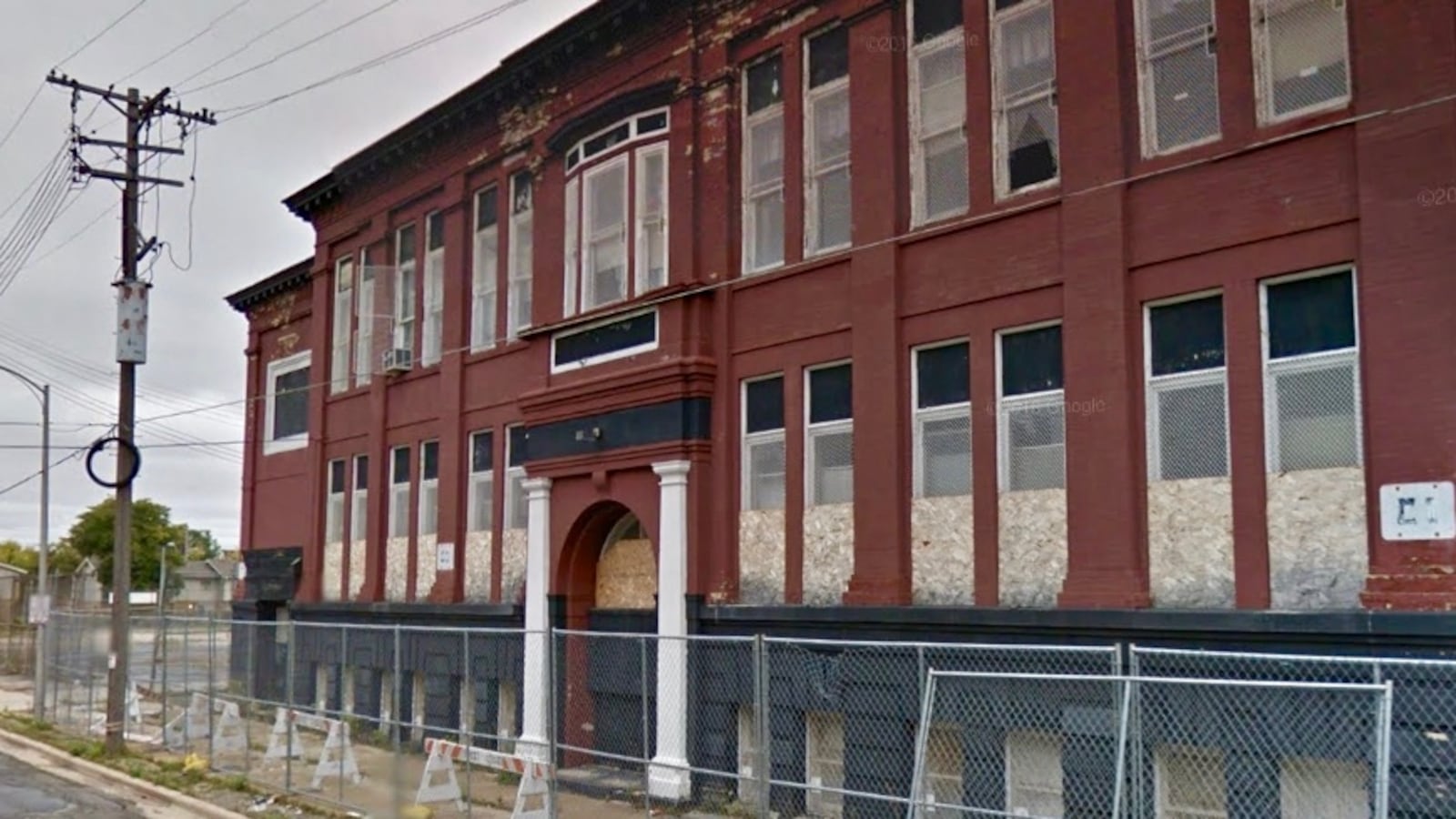When Milwaukee started letting families use public dollars to pay for private, religious schools, the city’s private school sector responded by growing — fast and chaotically.
One-hundred and twenty-one new private schools opened between 1991 and 2015 in the city. But nearly 70 percent of those schools later closed, often displacing students from poor families.
That hasn’t happened in Indiana, even as the state’s voucher program has grown to be one of the most expansive in the country.
Fewer than 20 voucher-funded schools opened statewide after Indiana started offering vouchers five years ago, and almost all of them are still in operation. Many factors likely influenced Indiana’s experience, but one of the most significant is a one-year waiting period for new schools to receive vouchers — a waiting period that lawmakers are on the cusp of eliminating.
A bill that quietly crossed a crucial legislative hurdle last week would allow private schools to begin receiving state funding from their first day of operation.
As it stands, private schools must operate for a year before they are accredited by the state education department, a mark of approval that’s required to accept vouchers. That means new schools have to pay for their first year by fundraising or persuading families to pay tuition. They can’t rely on voucher funding from the start.
That delay creates “a massive barrier” for new schools, said Michael Ford, a professor at University of Wisconsin Oshkosh who has studied the private school landscape in Milwaukee extensively. “It’s a heck of a lot easier” for schools to persuade parents to spend public dollars on tuition rather than their own money, he said.
“If you had fewer barriers to entry,” he said, “I think you would see an explosion of startup schools in urban areas.”
Many of the private schools that have opened already had a toehold in Indiana and were able to get state money immediately. When the Oaks Academy, for example, opened a new campus in Indianapolis in 2015, it had access to voucher funding without waiting because all of the network’s schools have the same board and management team, said CEO Andrew Hart.

There are enticing reasons to make it easier for private schools to open, including the prospect of attracting successful schools from other cities. Voucher advocates point to Fugee Academy, a private school in Georgia that educates refugees, as an example of a school interested in expanding to Indiana.
Fugee, which opened a decade ago, is tuition-free and depends on donations. When school leaders decided to open a second campus, they knew it would have to be in a city with vouchers, said CEO Luma Mufleh.
“The work we do is hard enough,” she said, “so if we can take away a little bit of the fundraising, it just makes it easier.”
Fugee quickly narrowed its search to Indiana and Ohio, Mufleh said. But the wait for voucher dollars in Indiana was a deal breaker. When it came to deciding on a location, “it wasn’t about flipping a coin,” Mufleh said. “Ohio has a better option for us right now.”
Making access to vouchers easier for new schools, however, could have broad implications, and Milwaukee offers a cautionary tale: Low barriers to entry for private schools created an unstable market where schools routinely closed.
For many years, private schools in that city just had to file a form with the state, find a building and attract students in order to get voucher funds, Ford said. That helped create an environment where schools opened at a rapid clip — as many as 16 in one year — but the vast majority eventually shut down. As a result, students experienced upheaval in their schooling, something research says can contribute to behavior problems, disengagement and lower test scores.
“You had this kind of perfect storm where it’s really easy to open, really difficult to establish yourself,” Ford said. “There (were) just incredible amounts of organizational churn.”
That churn is an inherent part of the competitive market envisioned by economist Milton Friedman, who sparked the voucher movement with an essay published in 1955. When parents can choose from a panoply of schools and schools must attract students to survive, schools inevitably close. In fact, although Wisconsin imposes lots of regulations on schools that distort his vision, Friedman cited Milwaukee’s vigorous private school marketplace as a model 15 years ago.
If the government offered vouchers that equaled public school spending, he wrote, “the quality of schooling — in both public and private schools — would soar as competition worked its magic.”
But while Friedman and many voucher advocates believe that allowing more private schools to open will improve school quality through competition, others are wary of the prospect, citing concerns about instability for families and added potential for low-quality schools.
Schools cannot be run like restaurants or other businesses because students are hurt when they close, said Teresa Meredith, president of the Indiana State Teachers Association.
“When you’re talking about human beings, it’s a whole different ball game,” she said. “Kids get harmed in the process.”
Currently, Indiana’s department of education tracks private schools for a year before approving their accreditation applications, said Maggie Paino, the state director of school accountability. The bill that has passed the House and Senate would allow — but not require — the state board to accredit schools immediately, giving them access to voucher funding. It will head back to lawmakers for final approval before it lands on Gov. Eric Holcomb’s desk.
Not everyone is convinced that the rule change would dramatically increase the number of new private schools. Betsy Wiley of the Institute for Quality Education, which advocates for vouchers in Indiana, said her group hears from a few schools each year, like Fugee, that are stymied by the state’s limits on vouchers in the first year.
“I don’t see this as a floodgate,” she said. “I see this as a couple to maybe a handful of schools that this will help.”

Robert Enlow, who leads EdChoice, an Indianapolis-based group that advocates for vouchers across the country, said Indianapolis won’t have the kind of explosive growth seen in Milwaukee unless the state increases the dollar amount of its vouchers, which is currently far less than traditional public or charter schools receive per student, and schools have access to startup funds. (Disclosure: EdChoice supports Chalkbeat. For more about our funding, click here.)
But removing the waiting period would allow leaders with new ideas to find footing more easily.
“What’s missing is new models and new innovations coming for parents to choose from,” Enlow said.
Whether Hoosier parents want a system more like Milwaukee’s, where schools face additional competition for students and families may bear the costs of schools closing, is an open question. But if lawmakers lift barriers for new voucher funded schools, Indiana is likely to get a closer look from more prospective private school operators.
“Barriers to entry are going to prevent the good and the bad, but you take them away, you are going to get the good and the bad,” Ford said. “Policy is a blunt instrument.”
UPDATE: Nov. 21, 2017: This story has been updated to reflect the fact that fewer than 20 new voucher-funded private schools opened after the Indiana program began.

